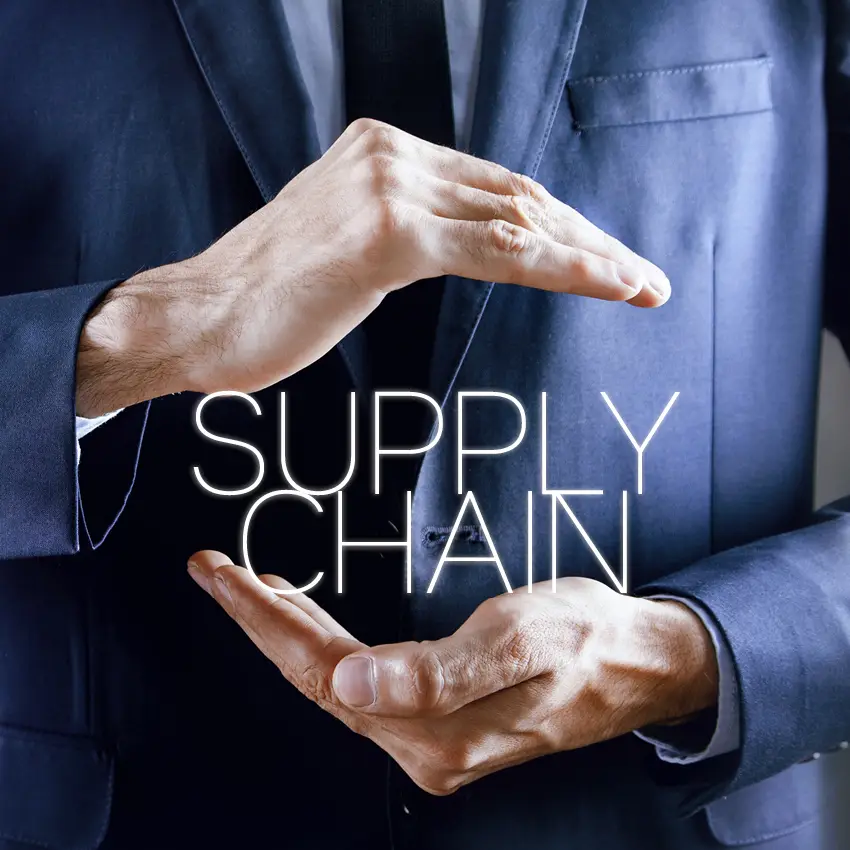I need to be honest. I was one of those skeptics about online shopping back in the mid-90s and well into the 2000s when Amazon was revolutionizing the shopping experience. I was comfortable and complacent with the brick-and-mortar shopping experience both as a consumer and as a supply chain professional and made a bunch of assumptions that I was not willing to question. There is irony in my myopia. I grew up with the Sears and JC Penny mail order catalogs. In middle school I bought most of my back-to-school wardrobe out of those catalogs because the local stores in the panhandle of Texas didn’t have the same broad selection and sizing that I was looking for. I bought all my music cassette tapes through Columbia House another mail order service. Anyone else remember, “the first 12 cost a penny”? Isn’t’ Amazon and the entire online shopping ecosystem just the digital version of the mail order catalog?
Supply Chain Reinvention
I fixed my myopia a long time ago. I have spent the last 15 years participating in the transformation of the marketplace and innovating the reinvention of supply chains to support the new marketplace dynamic.
The modern consumer marketplace is evolving and transforming at a rapid pace. Digital technologies amplify the voice of the consumer and shift the dynamics of the global marketplace. Consumers today have high expectations of the brands and products they put into their virtual and physical shopping carts. New brands have emerged, gaining market entry and even scale through their ability to engage with the consumer on their terms. These new brands are not constrained by traditional sourcing, procurement, transportation, distribution, fulfillment, or delivery practices. They innovate to compress the supply chain allowing them to better respond to the voice of the consumer and put pressure on existing brands to do the same or die.
A Supply Chain Playbook
Challenge Assumptions
What does it take to compete? Start by challenging assumptions and being critical of current policies and processes. Lots of companies jump straight into digitizing their supply chain and spend millions of dollars moving existing processes into new digital tools. This is a mistake. The first step should be to envision a different future. You can only do this if you are willing to question the assumptions that keep you locked into your current paradigm. These assumptions are taken for granted and perceived as set-in-stone rules you MUST follow. They exist throughout your end-to-end operations. They manifest themselves in as longer lead time and increased inventory.
Synchronize End-to-End
Lots of companies today have ecommerce sites and DTC marketplaces that help them engage with the consumer. Maybe you have implemented omnichannel strategies in your fulfillment and delivery. This is a great start but what about everything upstream of those processes? Are they in synch with the consumer or are traditional practices still in place? Processes that once made sense and provided a competitive advantage and may now be costing you money in the form of aged/excess inventory and latency in your response to consumers? Is your monthly DC shipping target synchronized with the weekly sell thru trends at retail stores? Are your inbound logistics policies saving time AND money or just money at the cost of time? Is the right product getting prioritized when loading containers at the port of origin or the factory? Are you still procuring product from your suppliers in seasonal bulk volumes?
Once you are ready to question everything it is time to do a value stream map of your supply chain. If a process or policy is not serving the needs of the consumer it needs to be questioned. The consumer is at the center and all processes and policies need to be synchronized with the consumer signal. This does not mean you will have a perfect demand signal. You also won’t get into perfect rhythm with your consumer on your first try. There are real and tangible constraints in the supply chain that must be accounted for.
Winning Time Back
Now that the opportunities are rising to the surface it is time to win back time and get critical decisions closer to the consumer. Identify critical constraints and decisions that need to be made upstream of the final purchase and find ways to bring that decision closer to the sell date. I love production lead times as a great illustration of the opportunity to win back time. I have spent ample time walking garment and footwear production lines. Those cotton fleece hoodies that everyone wears take maybe 20 minutes of sewing time to go from cut parts to a finished hoodie. Why then do companies have to place style, color, and size level purchase orders to their manufacturing suppliers 5, 6, and even 7 months in advance? Even assuming the garment is being made overseas that only adds 30 days of vessel shipment time to the lead time. What happens to all the other time? This is where companies need to dig into the details of their current practices to find time to win back. Every day of lead time you win back equates to reductions in committed inventory and more importantly quicker response times to the consumer.
Reimagine the Future
Using the above hoodie example, a company could leverage a progressive commitment process and win back up to four months of time in their production commitment process. Imagine a process where the purchases consumers made last week are being used to inform what the factories are making next week. Go a step further and imagine a process where factories are shipping the hoodies they made last week directly to consumers this week. Or even better as products come off the production lines they are shipping directly to consumers. Is a future where I place an online order for a hoodie in my son’s local high school colors and team logo is sent to a factory for production when I hit the purchase button on Monday and by Friday my hoodie is dropped on my porch ready for me to wear it to the Friday night football game too hard to imagine? What is stopping the same thing happening with the latest designer jeans that just went viral on social media?
Winning the Obstacle Course
Are you suffering from myopia like I was? Do you already have a nice long list of obstacles and roadblocks to the vision I have shared? The reality is that new brands and startups are finding ways every day to get closer to this future. Existing brands and retailers who want to stay relevant with consumers and competitive in the marketplace need to find the energy and will to dig deep, reach end-to-end, question assumptions, and do the heavy lifting to innovate and reinvent their existing supply chains. Compressing the supply chain will be a critical competitive advantage to survive and thrive in the new market dynamic.





